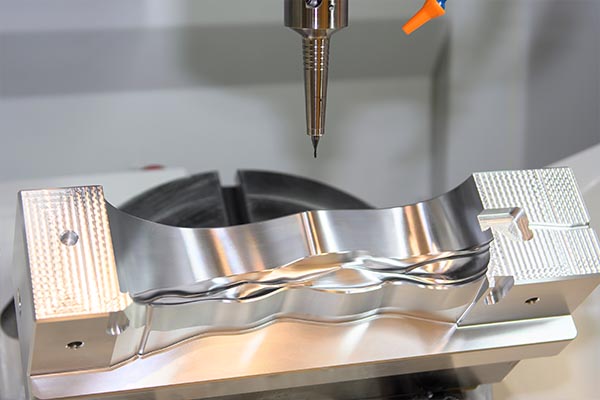CNC Machining: Precision and Innovation in Fashionable Manufacturing
CNC Machining: Precision and Innovation in Fashionable Manufacturing
Blog Article
CNC machining has revolutionized manufacturing, offering the most precise and effective technique for manufacturing parts and components across a wide array of industries. This advanced technology uses computer-controlled machines to carry out cutting or drilling, milling as well as other tasks on various material types like metals plastics, and wood. The level of precision achieved with CNC milling is unrivaled, allowing for complex design to be completed at a high level of accuracy. With the replacement of manual work through automation, CNC machines have significantly decreased the chance that human error will occur and has also improved the speed of production. This blend of precision and efficiency has made CNC machining a vital aspect of modern manufacturing.
The most significant benefit of CNC machine is its incredible precision, and the ability to make extremely complex design. In contrast to manual machining, in which an operator has to physically control this machine adhere to specific instructions that cut, shape and form the materials with astonishing accuracy. It reduces the possibility of error considerably, making it possible for production of components which are precisely designed. complex geometries, precise specifics, and tight tolerances can all be achieved by CNC machining, making it ideal for industries that require high standards of precision, like aerospace, where even minor deviations in parts can have serious negative consequences.
The efficiency is another advantage of CNC machining. Once the design has been programmed into the machine, it will run on autopilot making multiple actions with no need for input from a human. Automatization results in quicker production and better certainty in the high product quality. Furthermore, CNC machines can operate at a constant rate, which means that producers are able to produce components around all hours of the day, thus which can increase overall output. In contrast to traditional methods of machining, which require experienced machinists to control the machinery, CNC machining offers a huge reduction in labor costs and the risk of errors by humans, which makes an efficient solution to massive production.
CNC Machining's flexibility is yet another reason it has become an essential component of manufacturing today. The technique can be utilized using a range of materials, from hard metals like titanium and stainless steel to softer plastics and wood. This means that CNC machining is suited for making parts that can be used in many industries such as aerospace, automotive, medical, electronics, and consumer goods. Additionally, CNC machines can perform a range of operations, such as cutting, milling drilling, engraving, and even 3D contouring in one setup. The multi-functionality of CNC machines eliminates the need for multiple machines and part transfers, which further improves effectiveness. For prototypes, whether they are made or producing huge batches of parts, CNC machining offers the versatility to satisfy a range of requirements for production. To receive supplementary details please Get More Information
One of the difficulties associated with CNC machine machining is the initial setup cost. The cost of investing in CNC machinery and the software that is required for it can be expensive, especially for smaller enterprises. However, the advantages of CNC processing, including lower labour costs, improved efficiency, as well as improved product quality--often outweigh the initial cost. Additionally, many companies offer CNC machining services to businesses which may not be able to invest in their equipment, allowing smaller manufacturers to take advantage of the technological advancements without the expense of upfront. If the demand for CNC machining continues to grow in the coming years, the cost of machine and software is predicted to fall, making it available to a greater number of businesses.
Another challenge in CNC machine machining is the programming and setup of the machines. While CNC machines reduce a significant amount of the manual labour involved in manufacturing processes but they need skilled technicians who can create and enter the appropriate programs. These technicians must have expertise in CAD/CAM (Computer-Aided Design/Computer-Aided Manufacturing) software and understand the specific machining requirements of each project. Mistakes in programming can result in defective components waste materials and machines being shut down. In addition, initial set-up of the machine could be time-consuming, especially for intricate projects that call for multiple tools or operations. When the machine is properly installed and programed it will be able to produce components in a remarkably fast time and precision which reduces the chance of mistakes in the subsequent runs.